7-minute read
keywords: astronomy, earth sciences
What could be more awe-inspiring than volcanoes? How about volcanoes in space? Having previously raved about asteroids, geologist and cosmochemist Natalie Starkey returns to Bloomsbury Sigma for her second book. Here, she takes readers not just on a Solar System tour of volcanoes, but also walks them through the processes that make a volcano and how these processes play out in extraterrestrial settings.
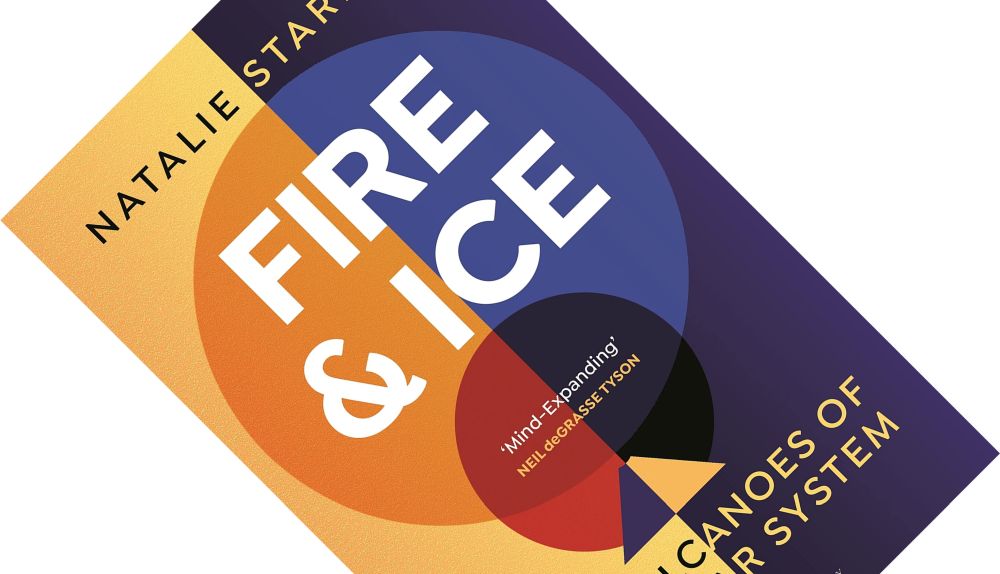
Fire & Ice: The Volcanoes of the Solar System, written by Natalie Starkey, published by Bloomsbury Sigma (a Bloomsbury Publishing imprint) in September 2021 (hardback, 320 pages)
Fire & Ice is really a book in three parts. The subtitle leads you to believe this book is a tour of Solar System volcanoes, and it delivers this in the last three chapters. But it is as much about volcanism—about the process—as it is about volcanoes, with four chapters dealing with the nuts and bolts of how volcanoes work, and another three on the effects volcanoes have.
At its most basic, volcanism is a way for planetary bodies to cool down. Two chapters in the middle of this book tell you how this heat is generated (some of it is primordial, some of it is generated during a body’s lifetime) and how it is lost through conduction (always) and convection (only if the thermal gradient is large enough). Another chapter deals with magma, discussing some examples of relatively liquid (basaltic) and stickier (silica-rich) magmas. One important misconception Starkey corrects is that the magma chamber is a simple subterranean liquid pool. Rather, magmatic plumbing systems are a complex series of lens-shaped bodies interconnected by pipes that have tendrils and dead ends. A fourth chapter answers how we can know what is inside of a planetary body using direct and indirect evidence. Examples of the latter are a magnetic field or a fresh-looking surface with suspiciously few craters, both strong hints that a planet or moon has an active interior.
Next to these nuts-and-bolts chapters, three further chapters discuss all the things volcanoes have done for us. A number of famous historical eruptions illustrate the many destructive effects. Plate tectonics illustrates the flipside: volcanoes create new land and conditions favourable to life by releasing carbon dioxide and water into the atmosphere. But to make oceans you need just the right conditions. Venus, for example, probably had water once, though it is now a lifeless world characterised by a runaway greenhouse effect. One possibility Starkey sketches here is that Venus’s surface remained too hot for too long for oceans to form through condensation, water instead being lost to space.
“[…] our knowledge of volcanoes is, obviously, skewed towards Earth. […] However, Earth is not typical for volcanism in the Solar System.”
One of the more interesting things that Starkey highlights is that our knowledge of volcanoes is, obviously, skewed towards Earth. And it still holds many surprises, most volcanoes are submarine and have barely been explored. However, Earth is not typical for volcanism in the Solar System. Ice-spewing volcanoes (cryovolcanism) and nitrogen glaciers might sound otherwordly, but “perhaps Earth is the weird one” (p. 27). Most volcanoes on Earth occur where tectonic plates meet or separate. Hot-spot volcanism, which sees mantle plumes from deep within the planet rise to the surface to form volcanoes, is rarer on Earth, but the predominant mode of volcanism on other Solar System bodies. Hawaii’s shield volcanoes are thus a more representative model for most extraterrestrial volcanoes. One further difference is that on Earth the combination of hotspot volcanism with a moving overlying tectonic plate has created the chain of islands making up Hawaii. Mars’s gigantic Olympus Mons shows what can happen on a stagnant-lid world without plate tectonics: a single, 624-km diameter, 21.9-km high[1] shield volcano.
This leads into the final part of Fire & Ice, the Solar System tour of volcanoes that probably sold you on this book. In three chapters, Starkey compares our Moon with Jupiter’s moon Io; discusses the evidence of past volcanism on our rocky neighbours Mercury, Venus, and Mars; and looks at cryovolcanism on moons. This is where the book delivers the goods and features some of the most interesting material. For example, Io is the only other place in the Solar System with “hot” volcanism. Venus has a uniformly “young” crust of 300–600 million years old and in lieu of plate tectonics may have seen a planet-wide overturning of its crust in the past when it had become too hot under its stagnant lid. On Mars, we have found a similar pattern of geomagnetic stripes that on Earth was one line of evidence for plate tectonics, though whether this supports past plate tectonics on Mars remains an open question. And then there are the moons.
Alien Oceans introduced me to the concept of other habitable zones with conditions favourable for life outside of the classic one that is determined by distance to the parent star. On these moons, heat is generated through friction when their insides are squeezed and stretched in response to tidal tugs from the parent planet or other moons. As revealed by various missions over the years, this results in ice-covered moons with liquid subsurface oceans. Here, geysers release plumes of water, salts, and hydrocarbons, while cryovolcanoes erupt magma consisting of e.g. cold slurries of ammonia–water and liquid methane. Starkey discusses Triton (Neptune), Enceladus and Titan (Saturn), and Europa (Jupiter). A surprise entry is Pluto, with a fly-by of the New Horizons mission revealing a fresh surface, though its heat source remains mysterious.
“[Tidal flexing] results in ice-covered moons with liquid subsurface oceans. Here, geysers release plumes of water, salts, and hydrocarbons, while cryovolcanoes erupt magma consisting of cold slurries of ammonia–water and liquid methane.”
Fire & Ice is fascinating, but there is something about the writing that did not quite gel for me. I found it hard to put my finger on it exactly, but the book feels a bit lacking in structure, ricocheting between various, sometimes technical topics without a clear central message. One small error that escaped proofing is the consistent use of superscripts rather than subscripts for chemical formulae. Another question is how Fire & Ice compares to the 2008 Alien Volcanoes, of which I recently bought a copy. To my knowledge, it is the only other popular book on the subject[2]. It spends only two chapters on past eruptions and the process of volcanism, quickly focusing on the Solar System tour. It is illustrated throughout with photos from NASA and artwork from Michael W. Carroll, versus an 8-page plate section in Fire & Ice. Starkey’s work is, of course, fully up-to-date, covering missions and planetary bodies not mentioned in Alien Volcanoes, but I also noticed topics not covered by Fire & Ice. My quick impression is that these books can comfortably exist side-by-side and Alien Volcanoes remains worth seeking out if you do not already have a copy.
Despite some minor quibbles, Fire & Ice is a fascinating book for astronomy and volcano aficionados that is both a Solar System tour of volcanoes and a primer on how the process of volcanism plays out on Earth and beyond.
1. ↑ Confusingly, Starkey gives its height as 25 km on p. 38. Wikipedia also gives two figures, depending on whether you use height above geodetic datum (a reference frame) or local relief above the plains.
2. ↑ Since then W.W. Norton published Super Volcanoes, which also covers a few extraterrestrial locations.
Disclosure: The publisher provided a review copy of this book. The opinion expressed here is my own, however.
Other recommended books mentioned in this review:
__________________________________________________________________
__________________________________________________________________
__________________________________________________________________

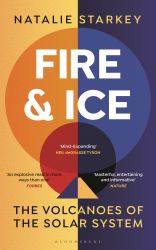
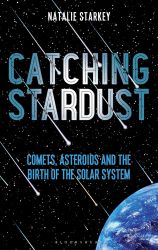
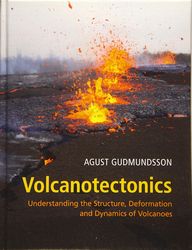

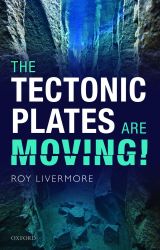
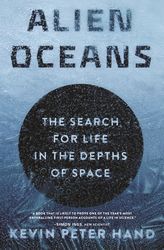
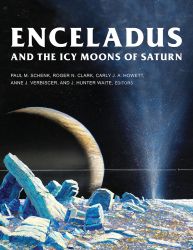

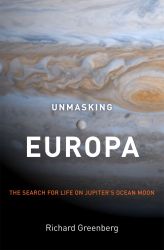
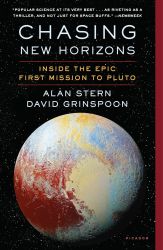
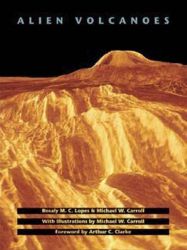

This actually seems to be a good read. And thank you for such a neatly put review!
LikeLike